The two-community Kuramoto model - Mathematical approach
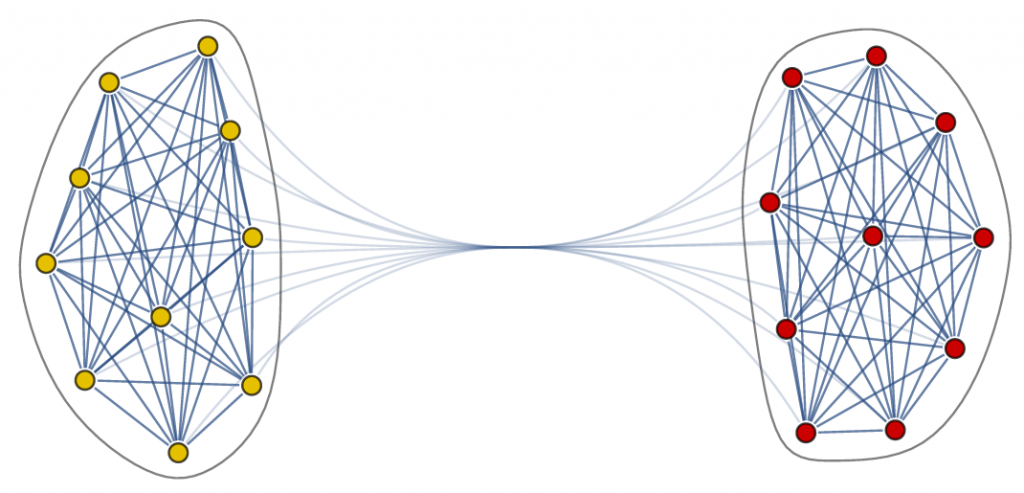
We can represent the interactions between the neurons in the body-clock as a network. In our case the network has two communities, where each community has many edges between the nodes, while there are only few edges between the nodes in different communities.
Financial Networks: "A complete overview of interbank exchanges would help prevent a new financial collapse"
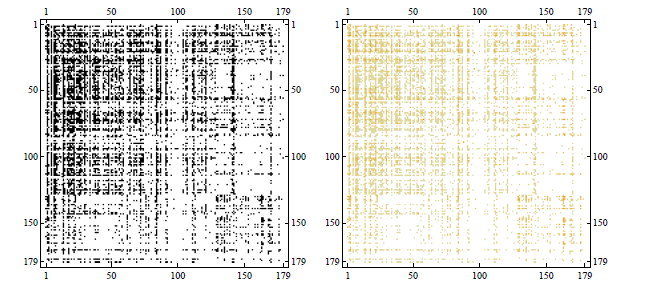
A complete overview of interbank exchanges would help prevent a new financial collapse. However, banks do not provide this information: this is why a “network reconstruction” methodology to infer the unobserved connections is needed.
The Mysterious R explained in simple terms
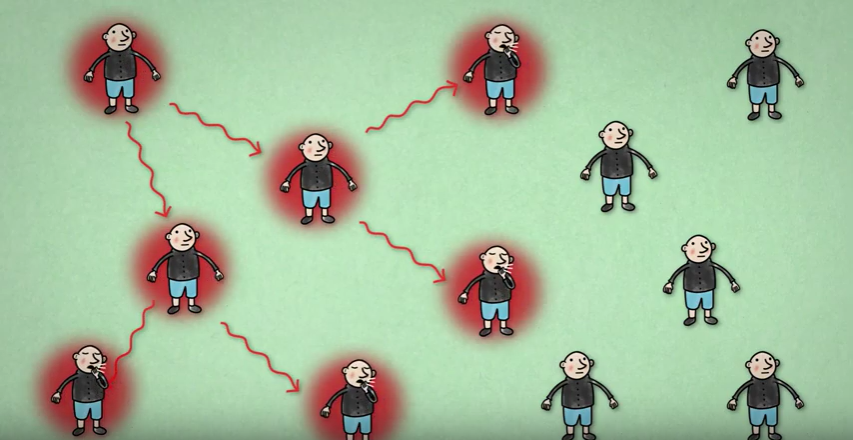
During the Corona pandemic the reproduction number R appeared in much of the media. While it is not at all obvious what this quantity measures exactly, it is obvious that making it smaller than 1 really is crucial in controlling the spread of the virus. So what is this R really?
Scale-free networks, a controversial topic solved by extreme mathematics
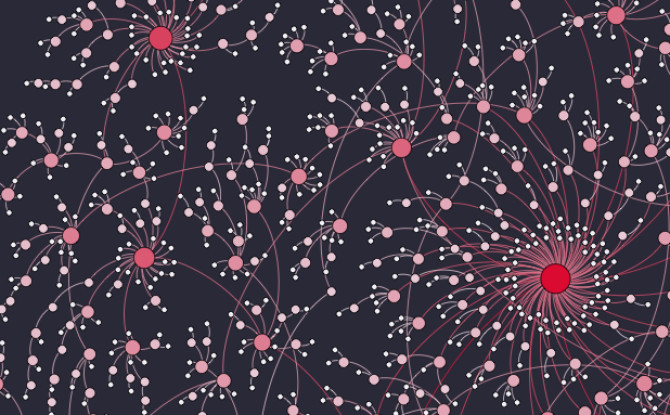
In 2016 a company calculated that the average number of followers in Twitter was about 707. Although this might already sound like a lot, it pales in comparison with the top Twitter users. There are currently more than 100 users that have more than ten million followers. Some, like Barack Obama or Katy Perry, even have more than one hundred million followers, which is roughly 140.000 times larger than the average.
How the popular become even more popular

Many networks, from technological to social networks, and from the world-wide web to collaboration networks, have a hub-like structure. Why is this the case, and why are they not much more homogeneous?
Mathematical rulers in Game of Thrones
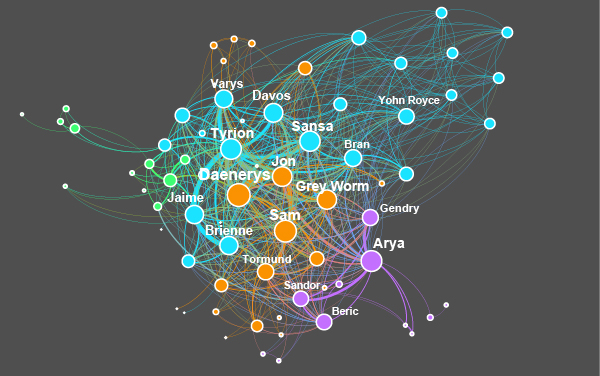
The moment millions of fans have waited for is there: the finale of Game of Thrones. 75 characters in different parts of the world, fighting to be the ruler of the iron throne. But who is the mathematical ruler of the iron throne?
Financial Economics: Informal Collaboration, Networks, and Gender
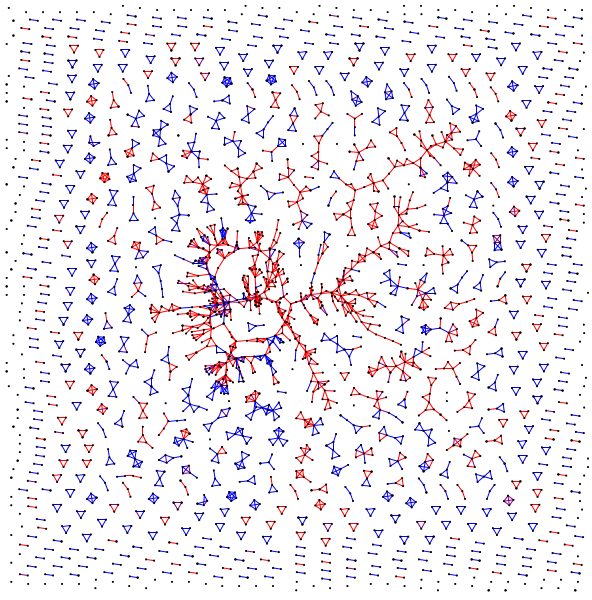
How is scientific knowledge created? Are there patterns and special characteristics behind the flow of scientific knowledge? In this article I will guide you through my research work and try to give some answers to these questions!
What does your Facebook network look like?
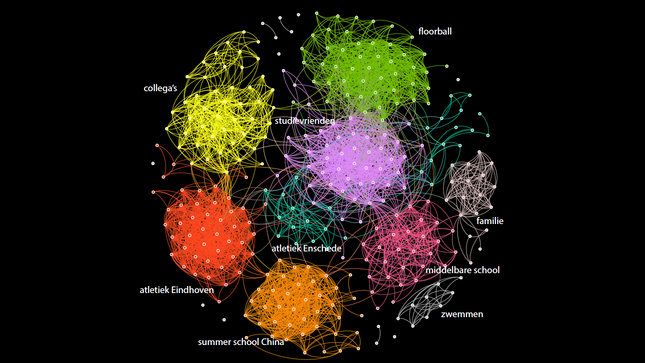
Have you ever wondered if you can visualise your Facebook network? And what do these networks have to do with mathematics?
How does a video go viral on Twitter?
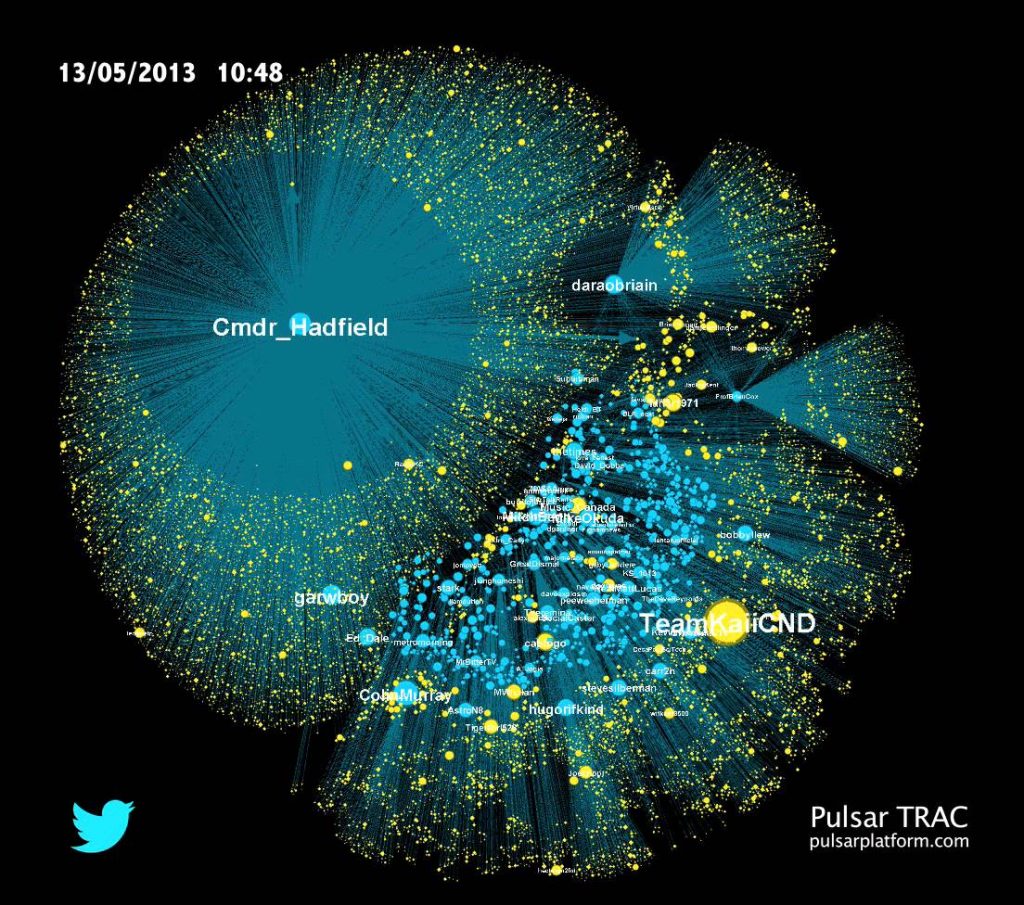
There are various parameters that determine whether a video will go viral or not. The content plays a role of course but who uploads the video is also important. What do networks have to do with a video going viral?
Degrees in graphs IV: degrees in large real-world networks
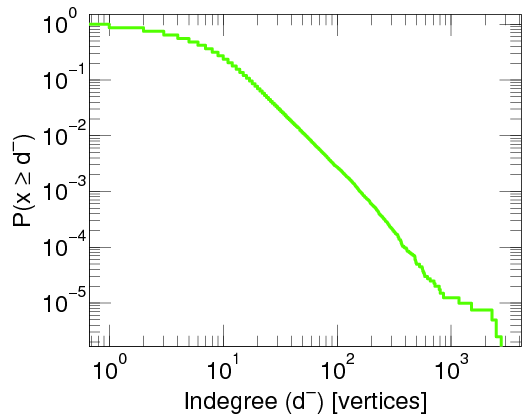
How are elements in real-world networks connected? That is the question we aim to answer in this post. Most real-world networks turn out to be extremely inhomogeneous.
